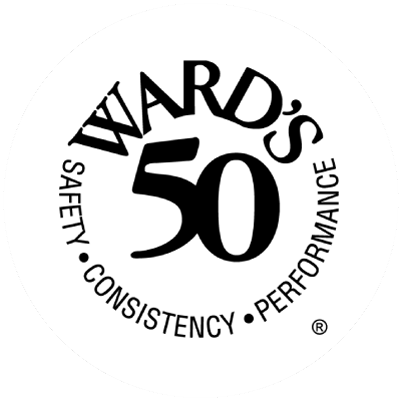10 Tips for Tire Safety
Before hitting the road, the NADA urges drivers to take a few minutes to check the condition of your tires. Well-maintained tires keep your car safer, help it last longer, and save you money, too.
These tire safety tips will help to keep your tires in good shape and your travels safe:
-
Choose your tires carefully. Too many drivers buy a tire based on initial price or appearance. Tire selection should be based on the correct size recommended for the vehicle and its load recommendations. You should consult with a knowledgeable tire or automobile dealer about selecting the proper tire for your typical driving patterns.
-
Buy a tire gauge and keep it handy in your car at all times. It will inform you if you need to add more air to your tires. You can find them at any automotive retailer or supply store.
-
Check your tire pressure at least once per month, and especially before a long trip. Remember, underinflation is a tire’s No. 1 enemy, because it can cause damage that may lead to tire failure. However, overinflation can cause uneven wear plus handling and stopping problems. Use the manufacturer’s recommended air pressure listed on the sticker of your vehicle’s door jamb or owner’s manual as a guide. Always check the pressure of your tires when they are cool or cold. Driving heats up tires, making readings incorrect.
-
During wet weather, slow down. As your speed decreases, the tire footprint (the amount of the tire’s tread contacting the road surface) increases, providing better traction. You also reduce the risk of hydroplaning should you run into water puddled on the road.
-
Rotate your tires every 5,000 miles. If your tires show uneven wear, ask your automotive service professional to check for and correct any misalignment, imbalance or other mechanical problem involved before rotation.
- Check your vehicle alignment periodically. It’s especially important to have an automotive professional check your alignment if you notice your vehicle is pulling to one side when you’re driving.
-
Inspect and measure your tire tread. You can do this yourself by placing a quarter in the tread groove and if you can see the top of Lincoln’s head, then it is time to replace your tires.
-
Check the tire sidewalls to make sure there are no gouges, cuts, bulges or other irregularities.
-
Make sure you do not overload your vehicle because it can create excessive heat inside your tires. An overloaded vehicle puts stress on tires that can cause damage and lead to tire failure. Check the manufacturer’s load recommendation, which can be found on the vehicle information placard inside the driver’s side door post, or in the vehicle owners’ manual.
-
Have your tire balance checked periodically. An unbalanced tire and wheel assembly may result in irregular wear.
By following these tire safety tips from the National Automobile Dealers Association and checking your tires regularly, you can keep your travels safe, enjoyable, and affordable.
| The above is an excerpt adapted from the article, “Ten Steps to Keep Your Tires — and Your Family — Safe on the Roads.” For more information, please visit www.nada.org. |




